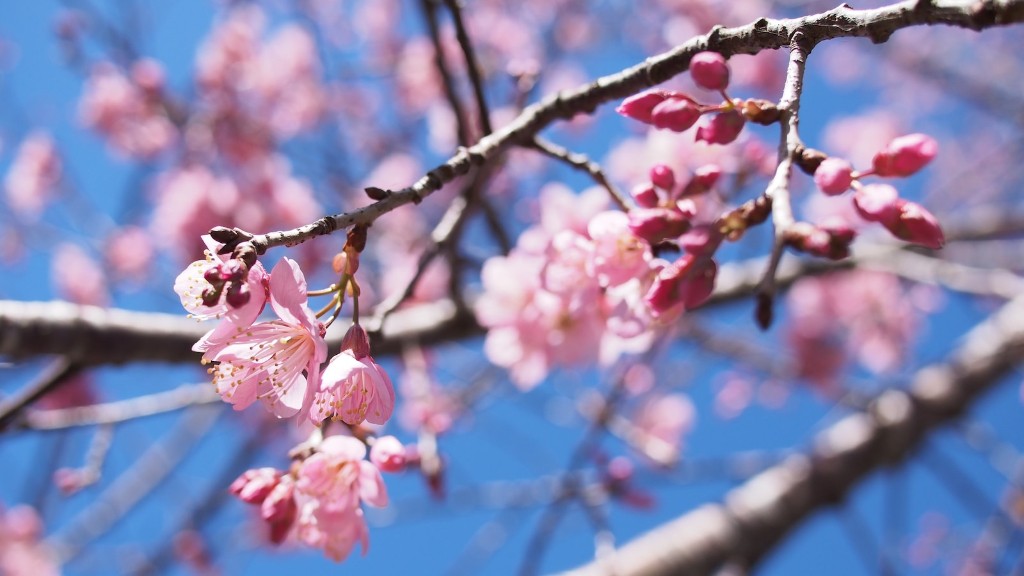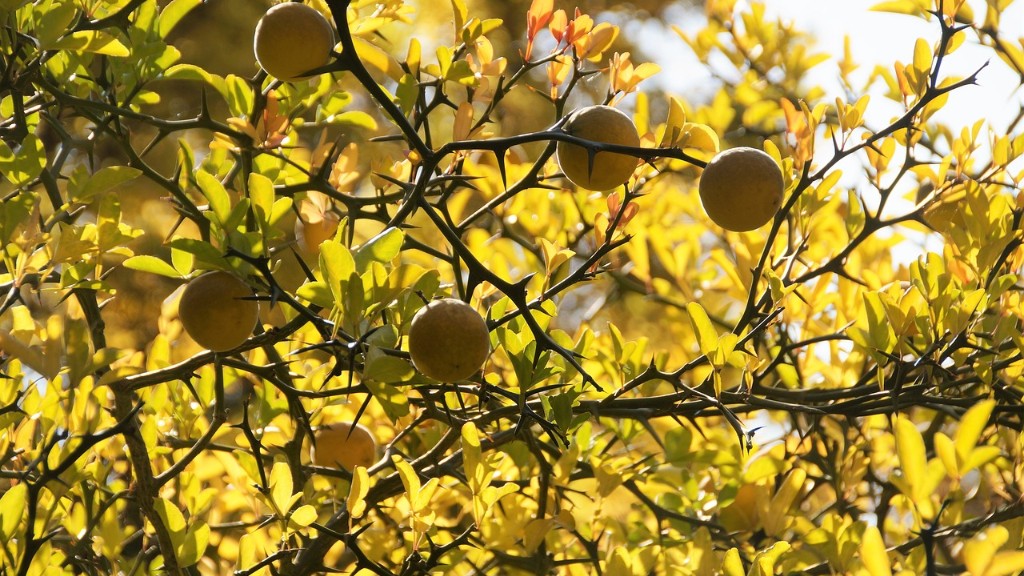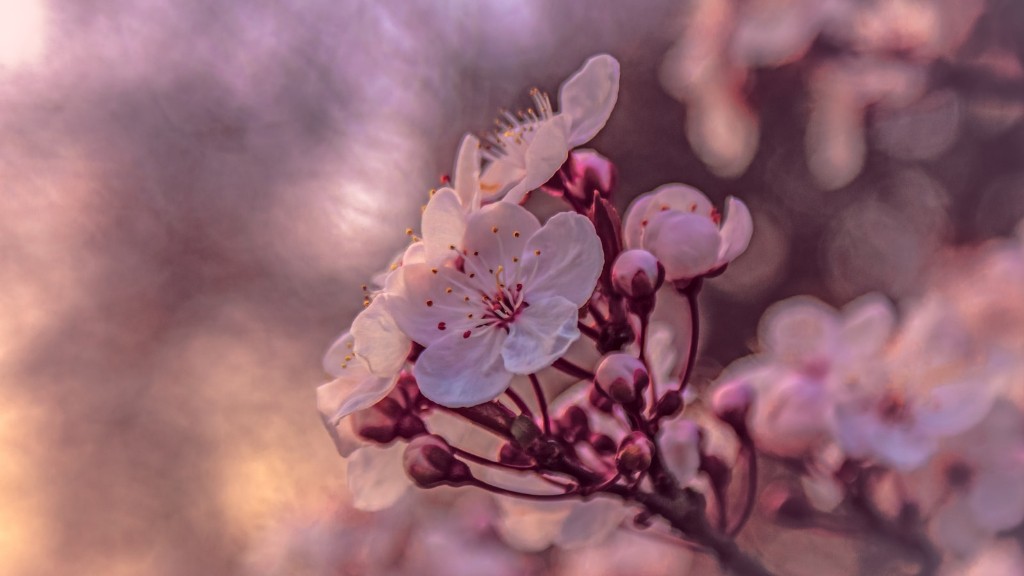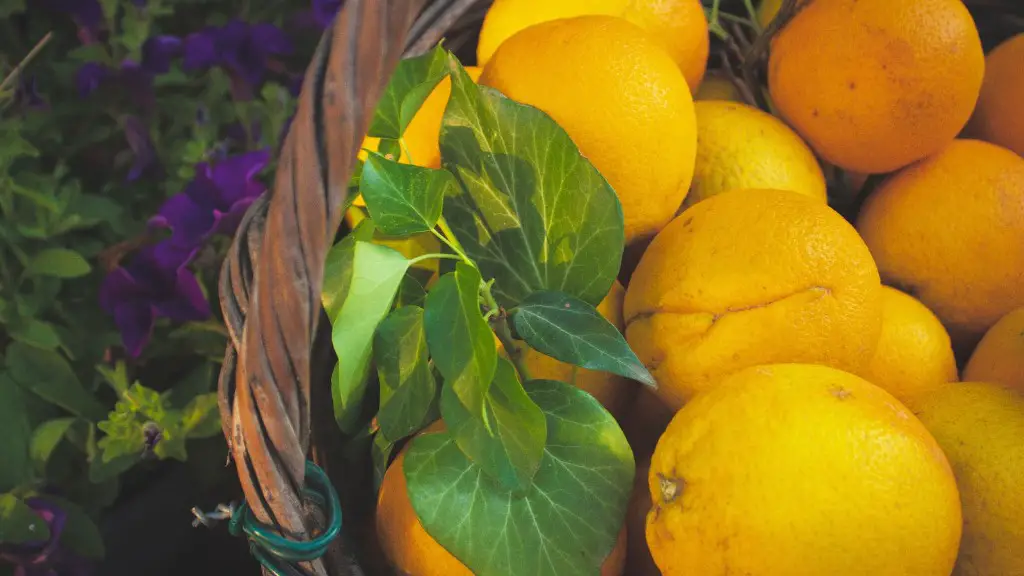How to Grow Cherry Blossom Tree from Cutting
Cherry blossoms are an iconic symbol of spring and new beginnings, originating from Japan where they are known as “sakura”. Cultivated for millennia, the trees have been celebrated all over the world for their delicate and fleeting beauty. Cherry blossom trees can be grown from seeds but this can take years and it is not guaranteed to succeed. A much easier and more successful route is to use cuttings to grow new cherry blossom trees.
Cherry blossom cuttings need to be collected from the current season’s growth, ideally in the spring and summer months. If collected too late, the cuttings may not have enough time to root before the winter season. Cuttings should be between 3-5 inches long with two or three buds present. Depending on the climate, they can be stored in a damp cloth bag or bucket of clean water until they are ready to be planted.
The best soil for cherry blossom trees is fertile, well-drained soil, so it is important to prepare the area in advance by adding composted soil and removing any weeds. The pH levels of the soil should be between 6 and 7, so a soil test may be necessary. Once the soil is prepared, the cuttings can be pushed 1-2 inches into the ground, taking care to keep a good balance between depth, sunlight, water and air.
The newly planted cuttings will need to be kept well-watered but avoiding overwatering. Large dishes of mulch will help to preserve moisture levels, but the mulch should not come into contact with the stem of the cutting. Additionally, cherry blossom trees require a lot of sunlight, and the more sunshine they get, the better the blossoms will bloom.
In the second year of growth, the tree should start to show signs of a root system and may be ready to be transplanted. The location of the new tree should be in an area of full sun and with good air circulation. The tree should also be sheltered from strong winds, and can be planted in early spring before the buds appear. When transplanting, the original soil should be gently removed and placed to the side before carefully replanting into the new soil.
Once planted, the cherry blossom tree should not be fertilised until the third year when the tree should be fertilised twice during the spring. As the tree matures, it is important to prune it regularly to encourage more buds and blossoms. This should be done in late winter before the buds appear, and will help to keep the tree healthy and productive. Finally, it is important to keep an eye out for pests and diseases as a small infestation can do a lot of damage to a large tree.
When to Prune
Pruning cherry blossom trees should not be done at any point in the year. It should be done between late winter and early spring before the buds appear. This will ensure the tree is kept in top condition, with productive blooms upon flowering. Pruning can help to open up the tree, decrease disease, and often encourages multiple stems, allowing for more blooms. It is recommended to remove any dead or diseased branches before any other pruning is done.
In late July, the shoots from the same season should be removed. This will help keep the shape of the tree, open up the canopy to sunlight, and ensure the tree remains healthy for many years. After this, in October, the growth that has happened over the summer should be cut back to two buds. Invasive suckers should be removed as they are competing with the health of the tree, and weak or overlong branches should be trimmed back to reduce their length.
Pest and Disease Control
As with all fruit trees, cherry blossom trees are susceptible to pests and diseases. The most commonly observed pests can include aphids, caterpillars, and earwigs. The best way of controlling these pests is to pick them off the tree by hand and dispose of them. Additionally, there are many insecticides available to protect the tree. However, before using any products, it is important to check for any non-chemical solutions and consult instructions for safe application.
The most common diseases for cherry blossom trees are bacterial canker, fire blight, and powdery mildew. These diseases can live in the dormant season and form cankers on infected trees. The best way of preventing bacterial canker is by pruning off any dead or damaged wood and checking for any signs of infection. If a tree has been infected with fire blight, the only solution is to cut off any infected branches.
Powdery mildew can be controlled by chemical treatments and good overall plant care. This includes reducing the humidity of the soil by avoiding excessive watering, and adding a layer of mulch to maintain the moisture levels of the soil. It is also important to remove any affected leaves or select branches prune carefully.
Watering
Cherry blossom trees require a lot of water to reach their full potential. The soil should remain moist but not soggy, and the tree should be watered weekly to ensure the health of the roots. If a small dish is added to the base of the tree, it will help to ensure even more consistent moisture over the season. When watering the tree, it should be done slowly, with water being applied in a circle at the base but avoiding directly watering the branches or foliage.
During the summer season, the tree may require more frequent watering, depending on the amount of rain and the temperature of the area. It is also important to make sure the tree is not overwatered, as this can cause root rot, fungal problems, and heavy losses of foliage as the tree struggles to survive. Lastly, if a tree is planted in a container, it will require more frequent watering then if it was installed in the ground.
Fertiliser
Cherry blossom trees require fertiliser to reach their full potential. It is best to seek advice from a professional to determine the composition and amount of the fertiliser. As the tree matures, fertilizer should be applied twice a year in the spring and early summer months to help the tree reach its full potential.Before planting the tree, it is important to add a slow-release fertilizer to the ground, as this will provide the tree with nutrients throughout the season. Additionally, it is important to avoid using excess nitrogen, as this can lead to excessive leaf and flower growth instead of healthy wood and branches.
After fertilizer is applied, it is important to water the tree thoroughly to ensure even coverage. Overfertilizing a tree can lead to more pests and diseases, so it is also important to stick to a regular fertiliser schedule. Finally, constantly monitoring the health of a tree is important for overall growth and success.
Transplanting Cherry Blossom Trees
Transplanting is a sensitive process, best done during the early spring before the buds appear. It is important to select the right spot, ensuring the area is sunny, sheltered from winds, and has good air circulation. Before removing the tree, it is important to water the soil around it, to make sure the main root ball is moist. Keeping a consistent soil moisture level during the process of removal and replanting will help the tree stay healthy.
Once the tree has been removed from its original spot, it should be gently transferred to its new spot. When transplanting, the tree should be placed slightly deeper than it was before, and the hole should be filled with soil and gently tamped around the trunk. After this, water should be applied in a circle at the base to ensure the soil has been saturated. The tree should be monitored for any signs of stress, but with the right care, it should start to settle into its new home.
Cherry Blossom Tree Care
Once the tree is in its new home, it is important to provide the best care possible. This includes regular trimming, pruning, and fertilising, as well as monitoring for pests and diseases. Additionally, it is important to ensure the tree has an even balance of sunlight, water, and air, and is sheltered from strong winds. With the right care, a new cherry blossom tree can bloom for years to come.




